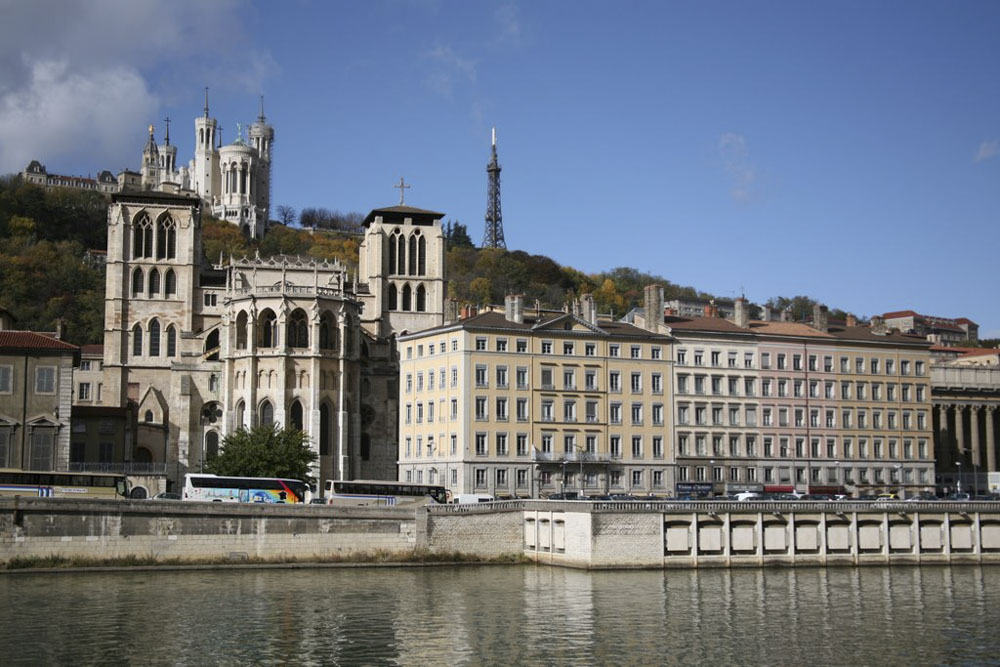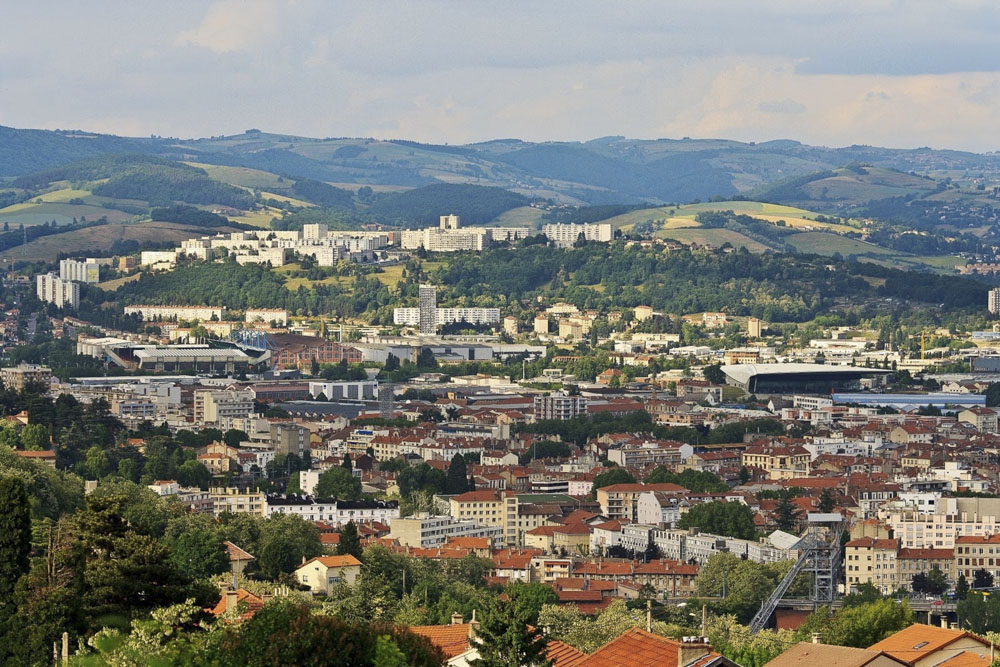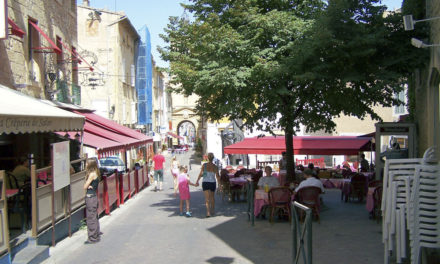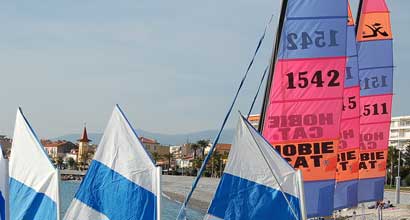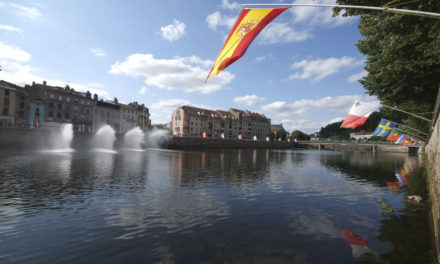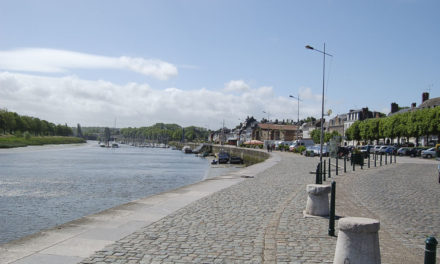St-Etienne is familiar to the British because of its periodically highly successful football team and because it has become a cheap-flight destination. But it’s not an immediately obvious tourist stop, even though it boasts of being built on seven hills, like ancient Rome . In fact, this agglomeration of 300,000 people sprawls over far more hills with slag heaps adding to its confusing geography. History isn’t St-Etienne’s strong point either, but manufacturing has been. From the Middle Ages, the locals specialised in making arms. Coal mining took off too. The weapons trade boomed so much that at the time of the Revolution, the town briefly changed its name to Armeville! Activities diversified in the 19th century, French people associating St-Etienne with the joy of bicycles as well as put-upon miners. Its friendly people have experienced upheavals as these industries collapsed, but it has the retail giant Casino, prestigious educational establishments, and loads of budding small businesses. It has also established itself as quite a centre of pioneering design putting on an international biennale covering innovation from fashion to architecture. And it plays host every two years to a Pierre Boulez festival, celebrating the world-famed challenging contemporary composer from the region. Its opera house is one of the most renowned in France.
Book a Hotel in St Etienne
History
The town has been declared a Ville d’Art et d’Histoire, mainly thanks to an array of major museums. The modest Musée du Vieux St-Etienne (t 04 77 74 57 79, www.vieux-saint-etienne.com) isn’t among the most ambitious, but stands in the small historic quarter, near Place du Peuple. Trendy bars and restaurants radiate out from the appealing little triangular intersection of Place Neuve. Keen church visitors could pay their respects at the Grand’Eglise on Place Boivin, dedicated to the town’s patron, Stephen. The 15th-century façade appears to have melted down like candle wax into intriguing, Gaudiesque forms.
Shopping
Head north into the main grid of central shopping streets, too tightly packed together to be entirely comfortable. A few large squares allow you to breath more easily. Place Jean Jaurès forms the pleasing green hub of central St-Etienne. Although overseen by a dull town hall and greyer cathedral, cheerful restaurants and cafés congregate along its sides.
Museums
Head out of town for the main museums. The substantial Musée de la Mine (t 04 77 43 83 23) set in a disused mine just to the west looks dismal on the outside, but is in part run by enthusiastic former miners. To the south, the Musée d’Art et d’Industrie (t 04 77 49 73 00) has moved into one of the most splendid buildings in town, and explains the city’s craft traditions with remarkable panache. Broad, tree-lined Cours Fauriel makes a grand winding exit from town, the Astronef Planétarium (t 04 77 33 43 01, check timeson www.sideral.com) along the way. Out on the eastern ringroad, don’t mistake the Musée d’Art Moderne (t 04 77 79 52 52) for an enormous bathroom showroom. This proves a serious, challenging gallery. Most aptly for this industrial city, Fernand Léger’s industrialised figures stand out, the central woman in his Trois Femmes with hair curving like a sheet of black metal. There are further shocking images of women by the likes of Picasso, Dubuffet, and Warhol. But one of the museum’s most provocative collections is of Surrealists’ favourite Victor Brauner, whose liberated subconscious couldn’t keep phalluses out of the picture. West of St-Etienne, modern architecture triumphs in the satellite town of Firminy, claiming the largest array of buildings designed by the ground-breaking modernist Le Corbusier.
For more information on the area, and the département of the Loire, read the Cadogan guide to the Rhône-Alpes.
Copyright text :Philippe Barbour 2011.
Copyright Images : Wikipedia

